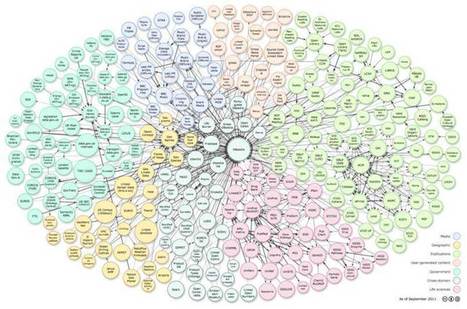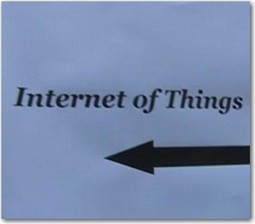The semantic web, or web 3.0, is often quoted as the next phase of the Internet. Led by the World Wide Web Consortium(W3C), the objective is to convert the current web of unstructured and semi-structured data into a “web of data”. According to W3C, with the semantic web it will be possible to easily share and re-use data across application, community and enterprise boundaries.
Mark van Rijmenam, 04/06/2015Get Started for FREE
Sign up with Facebook Sign up with X
I don't have a Facebook or a X account
 Your new post is loading... Your new post is loading...
 Your new post is loading... Your new post is loading...
|

Pierre Tran's curator insight,
July 16, 2013 6:49 PM
Le Web Sémantique va permettre à tous les humains et à tous les objets connectés (Internet des Objets) de communiquer entre eux, de partager et de réutiliser les données sous différentes formes à travers des applications et des orgnisations en temps réel (Big Data). Le Web Sémantique, l'Internet des Objets et le Big Data ne sont que des vues légèrement différentes à travers le même prisme de l'Economie des Données. La notion de web sémantique du W3C existe depuis longtemps, mais les travaux sérieux n'ont commencé qu'à la fin des années 2000. Après quelques années de calme début des années 2010, le web sémantique et son proxy open data (Linked Data) pourraient bien faire un retour en force avec l'intérêt croissant pour l'open data, le big data et surtout la promesse d'un web des données programmable et intéropérable. Attendez-vous à la prochaine grosse innovation dans l'informatique et l'économie des données : le Data Oriented Software Development (DoSD). |













